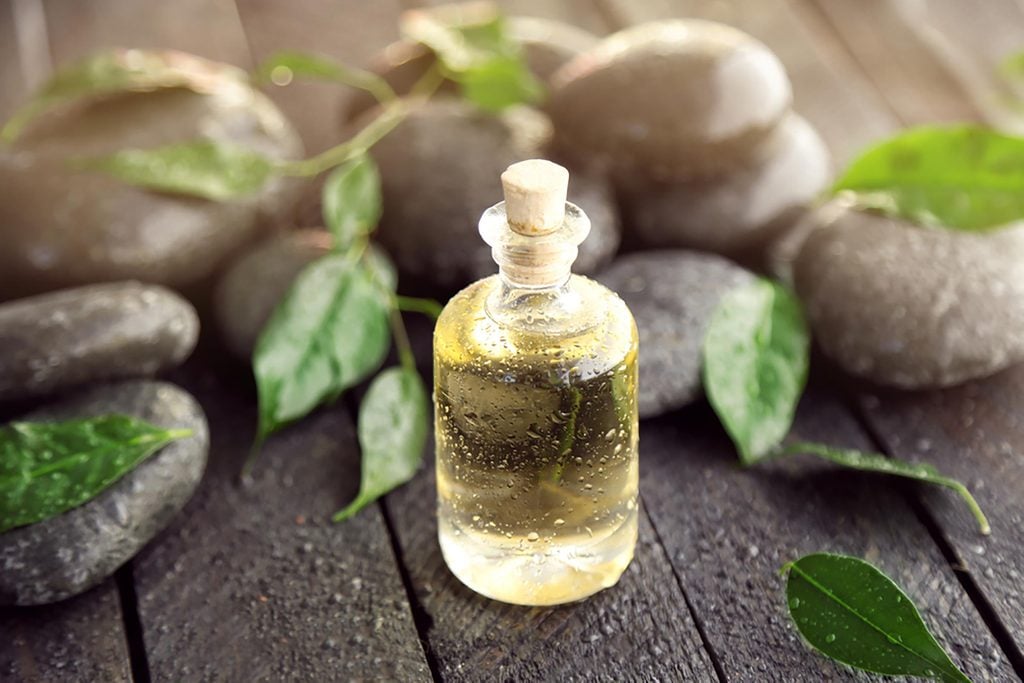Is Tea Tree Oil Really a Treatment for Lice?
Updated: May 20, 2021

Millions of people get head lice every year. Tea tree oil may offer a natural solution for treating infestations.
Ugh, lice. What a nightmare: First little Johnny is sharing his new baseball cap with Ricky, next thing you know the entire family is scratching and shampooing with serious chemicals. Wouldn’t it be nice if there were a natural alternative to eliminating these disgusting pests? There just might be: Tea tree oil with lavender has a track record for ridding hair of lice, says Bindiya Gandhi, MD, a family practice physician in Decatur, Georgia.
First of all, know your enemy: The louse is a parasite that attaches itself to human hair and feeds on human blood. Head lice are the most prevalent kind of lice, with the Centers for Disease Control and Prevention (CDC) estimating that up to 12 million lice infestations occur every year in the United States.
Head lice can be spread by contact with clothing, such as hats and jackets, and personal items like brushes and towels, according to the American Academy of Dermatology. Though the stigma persists that head lice are more likely to be attracted to dirty hair, the reality is hygiene and cleanliness have no impact on who gets the parasites.
Now you got ’em—how do you get rid of ’em, and fast? There are both over-the-counter medicines and prescription products to treat head lice—typically shampoos, rinses, or lotions which you leave on for a period of time, and then rinse off. But there are various lice home remedies available too, including tea tree oil, Dr. Gandhi says.
Also known as melaleuca oil, tea tree oil is an essential oil obtained from the distillation of the leaves from the Australian tea tree (Melaleuca alternifolia). There are various products containing tea tree oil, such as drops, sprays, and shampoos, that are promoted as preventing and treating lice infestations. (Though it should be noted that tea tree oil for lice has yet to be endorsed by the American Academy of Pediatrics.)
Tea tree oil contains two major constituents with insecticidal activity: 1,8-cineole and terpinen-4-ol. A study in Parisitology Research has found that a 1 percent tea tree oil solution is capable of killing 100 percent of head lice within 30 minutes. (The study was conducted on lice and nits in a laboratory dish, not on human hair, so it might not be as effective in real life.) Tea tree oil plus lavender, which is antibacterial, may work as well, Dr. Gandhi says.
Essential oils have gained quite a lot of attention as of late for their ability to promote health and treat various ailments. Other essential oils that can help get rid of lice include almond, sesame, olive, ylang ylang and Neem, she says.
Though tea tree oil has been found effective, especially when used along with combing, it is important to take precautions. Before you begin using an essential oil, try a small drop on the back of the person’s hand to rule out potential allergic reactions. No rash or itchy reactions? You’re in good shape, but follow all the recommended guidelines, including diluting the oil to the proper concentration. Stop the treatment if any allergic reactions develop.
Because lice reproduce and mature very quickly, and treatments that kill lice may not be as effective at killing nits, it is almost impossible to get rid of them with a single treatment. Your best bet is to practice patience and persistence. After performing a patch test, apply a few drops of tea tree oil on the scalp, and let it sit overnight. The following morning, the hair can be combed through to remove the dead lice. You can follow this procedure by washing the hair with a shampoo and conditioner containing tea tree oil. The entire process should be repeated two to three times a week, depending on the severity of the infestation, until the lice are completely gone, she says.

